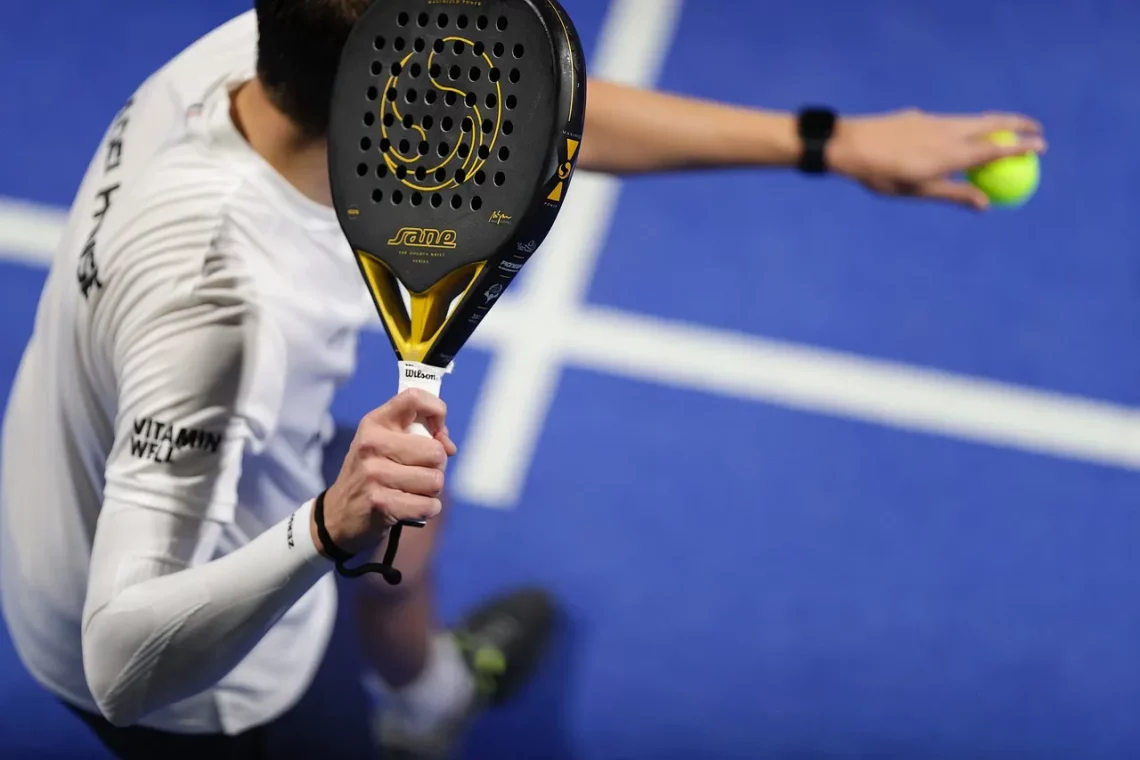
The Ultimate Guide to Table Tennis Top Players and Techniques
Table tennis, often referred to as ping pong, is more than just a recreational activity; it is a highly competitive sport that has captivated millions around the globe. With its origins tracing back to the late 19th century, this fast-paced game has evolved into a thrilling spectacle that showcases extraordinary skill, agility, and strategy. Played on a table divided by a net, table tennis requires players to respond quickly to their opponent’s shots while executing their own with precision and finesse.
The beauty of table tennis lies not only in its simplicity but also in its complexity. It is a sport that can be enjoyed by people of all ages, yet it demands a high level of commitment and practice for those who aspire to excel. From mastering spins and serves to developing tactical gameplay, players dedicate countless hours to perfecting their techniques. The game also fosters a sense of community, as players come together in clubs, tournaments, and casual matches, sharing their passion for the sport. As we delve deeper into the world of table tennis, we will explore some of the top players who have left an indelible mark on the game and the techniques that define their success.
Top Table Tennis Players: Legends of the Sport
Throughout the history of table tennis, several players have risen to prominence, earning recognition not just for their victories but also for their contributions to the sport. These athletes have pushed the boundaries of what is possible in table tennis, inspiring future generations of players.
One of the most renowned players is Jan-Ove Waldner, often referred to as the “Mozart of Table Tennis.” His exceptional skill and strategic mind revolutionized the way the game is played. Waldner’s ability to read opponents and adapt his style made him a formidable competitor. He is celebrated for his calm demeanor on the table, which allowed him to maintain focus during high-pressure situations. His career is marked by numerous championships and accolades, solidifying his status as a table tennis icon.
Another player worth mentioning is Ma Long, a modern-day superstar who has dominated the sport in recent years. His powerful strokes and quick footwork enable him to execute complex plays with ease. Ma Long’s relentless work ethic and dedication to improvement have made him a role model for aspiring players. His achievements include multiple World Championships and Olympic medals, showcasing his consistency and excellence in the sport.
Additionally, the women’s game has produced incredible talents such as Deng Yaping. Her remarkable speed and agility on the table allowed her to outmaneuver opponents effectively. Deng’s dominance during her career has inspired countless young female athletes to pursue table tennis, breaking barriers and promoting gender equality in sports.
These players have not only excelled individually but have also contributed to the globalization of table tennis, inspiring millions to take up the sport. Their techniques and strategies serve as valuable lessons for players at all levels, emphasizing the importance of discipline, practice, and a passion for the game.
Essential Techniques for Mastering Table Tennis
To excel in table tennis, players must master a variety of techniques that encompass both offensive and defensive strategies. Understanding these techniques can significantly enhance a player’s performance and enjoyment of the game.
One of the fundamental skills is serving. A well-executed serve can set the tone for the entire point. Players can utilize various types of serves, such as topspin, backspin, and side-spin, to keep opponents guessing. The key to a successful serve is not just in the speed or spin but also in the placement. A serve that targets the opponent’s weak side or forces them into an uncomfortable position can provide a significant advantage.
Another crucial technique is the forehand and backhand strokes. The forehand stroke, often considered the most powerful shot in table tennis, requires proper footwork and body positioning. Players should aim to generate maximum spin and speed while maintaining control. The backhand stroke, while often seen as a secondary shot, can be equally effective when executed correctly. Mastering both strokes allows players to respond effectively to a wide range of shots from their opponents.
Footwork is another essential aspect of table tennis. The ability to move quickly and efficiently around the table is vital for maintaining an optimal position to return shots. Players should practice lateral movements, quick pivots, and explosive starts to improve their agility. Good footwork not only enhances a player’s reach but also enables them to generate power in their shots.
Lastly, players should focus on developing mental resilience. Table tennis is a game of quick reactions and split-second decisions, making mental fortitude essential. Practicing visualization techniques, mindfulness, and strategic planning can help players stay composed during matches, allowing them to execute their skills under pressure.
By mastering these techniques, players can elevate their game, enabling them to compete at higher levels and enjoy the sport to the fullest.
The Role of Coaching and Training in Table Tennis
Coaching and structured training are crucial components of becoming a successful table tennis player. While natural talent plays a role, dedicated coaching can catalyze a player’s growth and development. Coaches provide not only technical training but also strategic insights that can make a significant difference in a player’s performance.
A good coach tailors their approach to each player’s unique strengths and weaknesses. They analyze a player’s style and identify areas for improvement, whether it be footwork, stroke mechanics, or mental toughness. This personalized attention helps players focus on specific skills, allowing for targeted practice and faster development.
Training sessions typically combine drills, practice matches, and physical conditioning. Drills are designed to reinforce specific techniques, such as serving or returning different spins. Regular practice matches simulate the competitive environment, helping players adapt their skills under pressure. Additionally, physical conditioning is essential for building endurance, strength, and agility, all of which are crucial for success in table tennis.
Moreover, mental training should not be overlooked. Coaches often incorporate mental conditioning techniques to help players manage stress and maintain focus during matches. Visualization exercises, breathing techniques, and mindfulness practices can enhance a player’s mental game, contributing to overall performance.
Furthermore, participating in tournaments offers invaluable experience. Competing against various opponents allows players to apply what they have learned in practice and gain insights into their gameplay. These experiences are essential for understanding match dynamics and adapting strategies on the fly.
In essence, effective coaching and structured training are paramount for any aspiring table tennis player. Whether a beginner or an advanced competitor, the right guidance can unlock a player’s potential and lead them to achieve their goals in the sport.
Building a Community Around Table Tennis
The community surrounding table tennis plays a significant role in the growth of the sport. From local clubs to international tournaments, the camaraderie and support among players foster an environment where enthusiasts can thrive.
Local clubs serve as the backbone of the table tennis community. They provide a space for players to train, compete, and socialize. Clubs often organize regular practice sessions, leagues, and friendly matches, creating a sense of belonging among members. This communal aspect of table tennis encourages players of all skill levels to engage, learn from one another, and improve their game.
Moreover, the role of volunteers and coaches in these clubs cannot be overstated. They dedicate their time and resources to help nurture young talent and promote the sport. By organizing events, they create opportunities for players to showcase their skills and compete in a supportive environment.
Tournaments, both local and international, further enhance the sense of community within table tennis. These events bring together players from diverse backgrounds, allowing them to share their passion for the sport. Competing against different opponents helps players gain exposure and experience, while also fostering healthy competition and sportsmanship.
Online communities have also emerged, providing players with forums to discuss techniques, share training tips, and connect with others who share their enthusiasm for table tennis. Social media platforms and dedicated websites allow players to stay informed about upcoming events, access instructional content, and celebrate achievements within the community.
In conclusion, the community aspect of table tennis enriches the experience for players and fans alike. By fostering connections, sharing knowledge, and promoting inclusivity, the table tennis community continues to grow, ensuring the sport remains vibrant and accessible for future generations.
In summary, table tennis is a sport that combines skill, strategy, and community. Whether you aspire to be a top player or simply enjoy the game recreationally, understanding the techniques and the history behind the sport can enhance your appreciation and enjoyment. As you engage with the table tennis community, remember that every player contributes to the rich tapestry of this dynamic sport.




